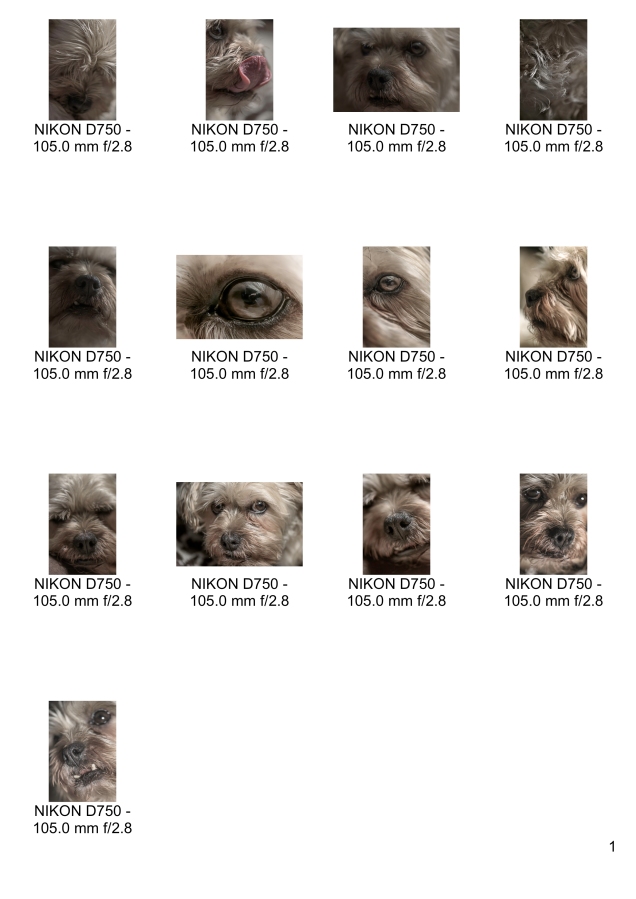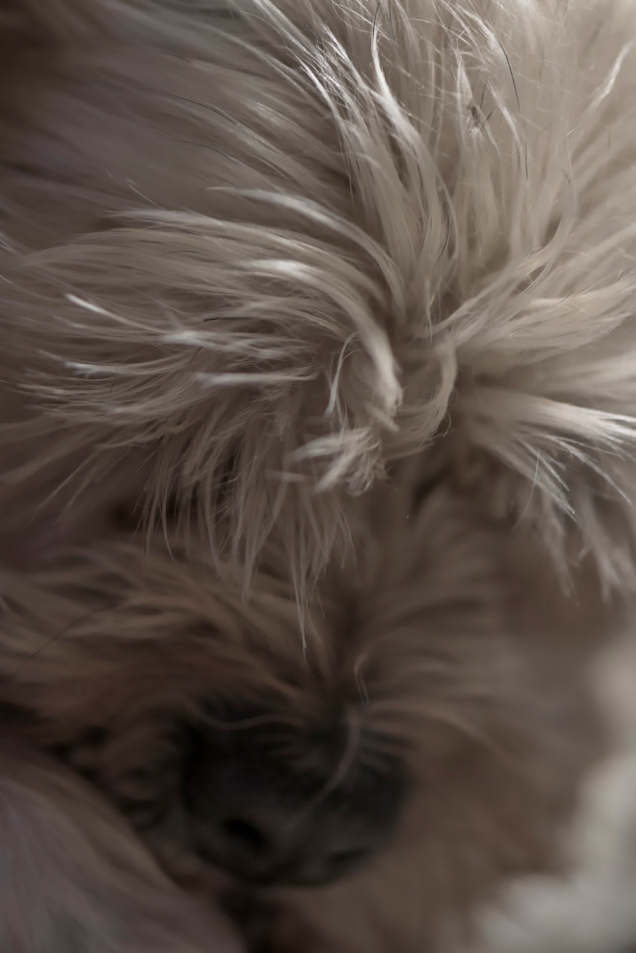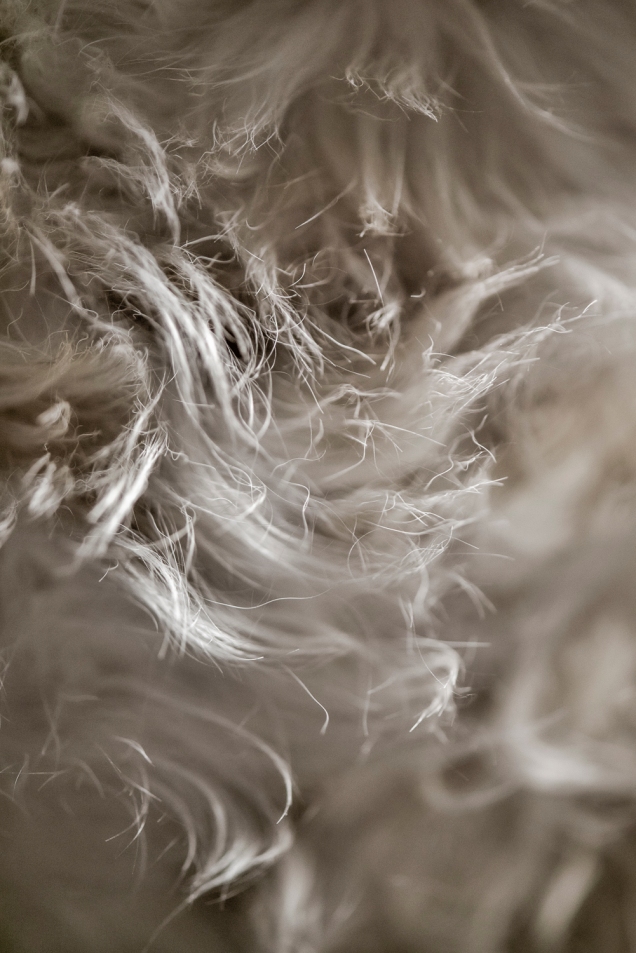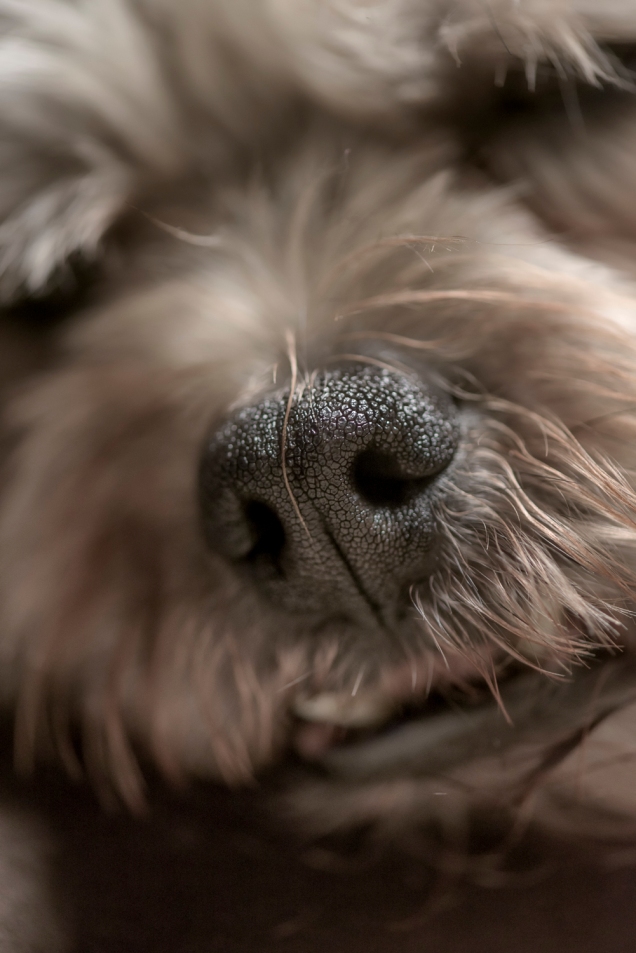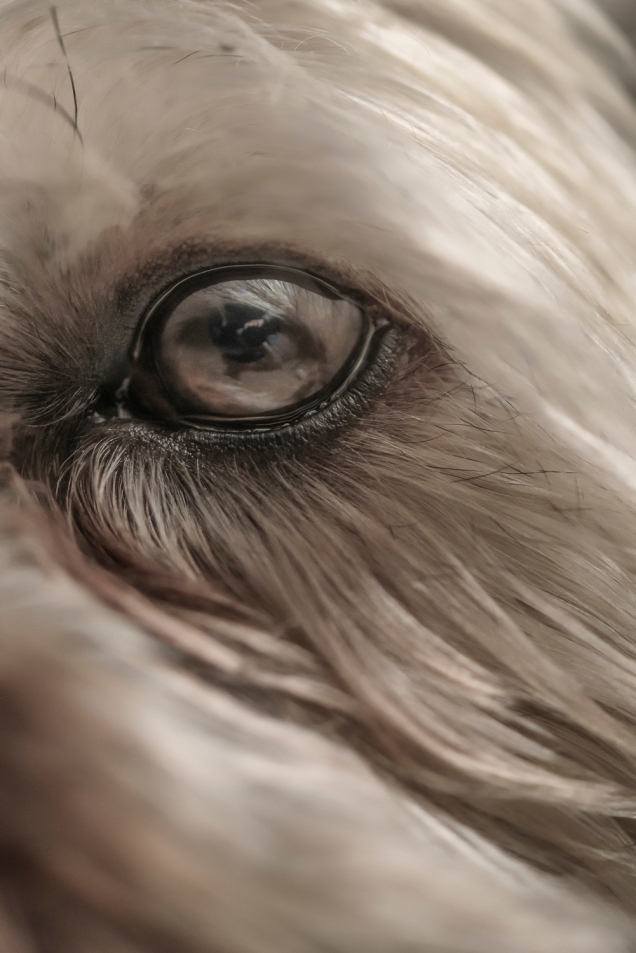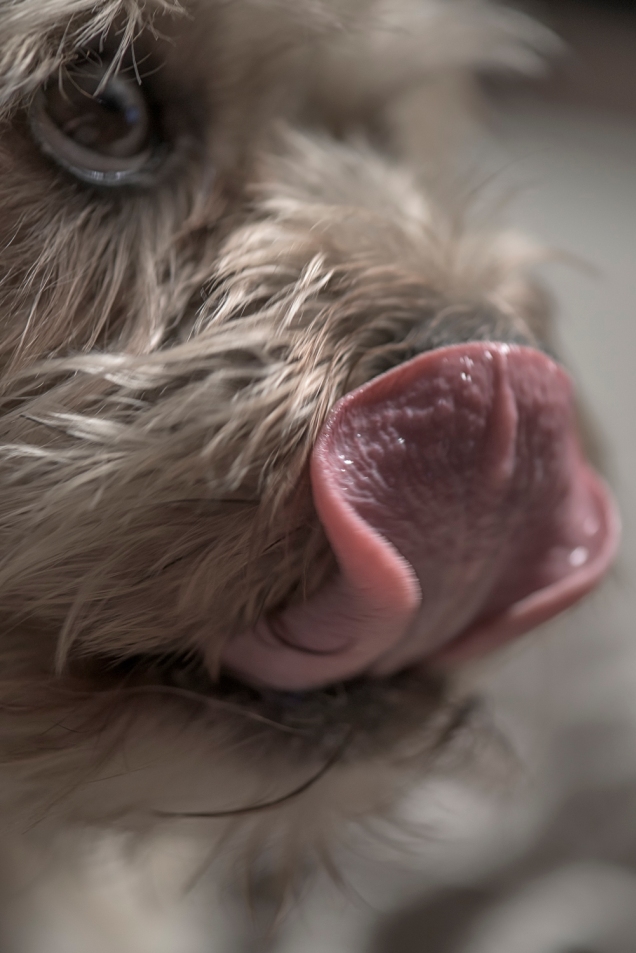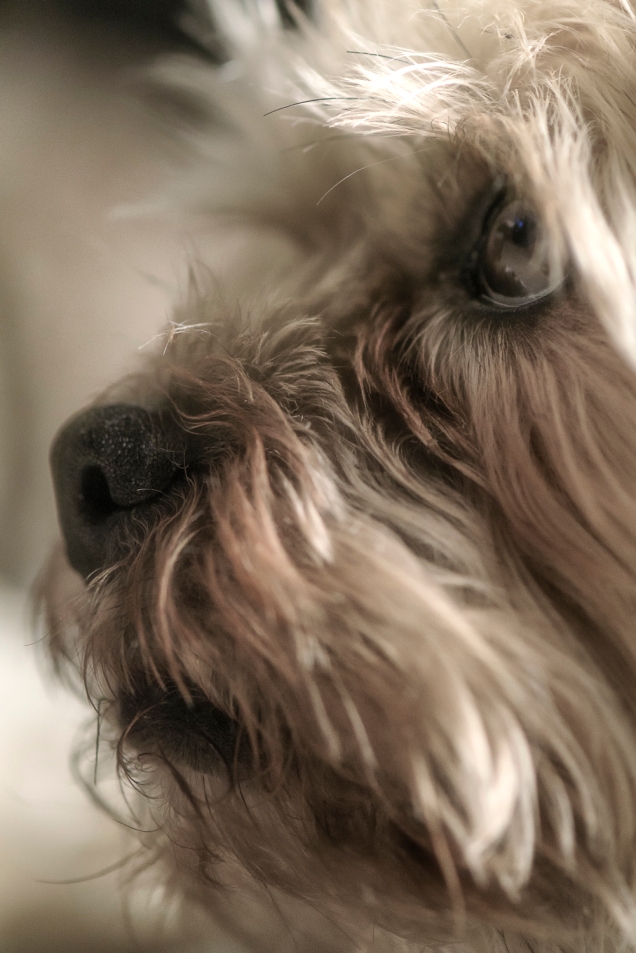Welcome to Thornberry Animal Sanctuary and 9 of their soulful dogs
Lighting set up
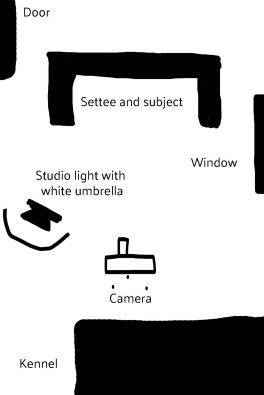
Contact sheets
The chosen ten (part one)
The chosen ten (part two)
For this Assignment, I have decided to return to Exercise 4.3 and look at the beauty of artificial light. Please note that this assignment does not ask for prints, but I have these on order and will send them to my tutor when they arrive, along with the necessary write ups.
From April or May 2017, I plan to set up my own photography business and one the specialised areas I want to focus on is pets/animals. I have therefore approached a local animal sanctuary to discuss what photography needs they have. Thornberry Animal Sanctuary, has a range of animals from rabbits, to cats, dogs and some farm-yard stock. They have recently appointed a new fund-raising manager and she is being very proactive. After weeks of discussion around what their needs were, we decided that Thursday 19th January would be an ideal day for the photography. I drew up a simple contract stating I would work for free, retain copyright and could display the images for my own benefit. I also declared the photographs could be used for promotional purposes. This was signed by both parties.
I arrived at Thornberry and was told I would be asked to photograph the range of dogs they currently have up for adoption. I was asked to work in a large kennel area, where the dogs would be presented at one end on a settee and I would be expected to shoot away.
With me I had a couple of studio lights, flashes and a variety of lenses/cameras . I moved the room around to suit my purpose better, taking into account where I wanted the natural light, in comparison to the artificial light. I was conscious that I did not want too much equipment around the dogs and too much light as I did not want to upset the dogs.
Straight away I moved the settee to one end of the room (See my sketch above) and placed my studio light (with a white umbrella as a diffuser) opposite the window. My plan was to use the flash incorporated in the light, as I had used this many times on my own dog, which had no adverse reaction.
A light meter readings taken at an approximate distance to where the dogs would sit and arrived at an f-stop of f7.1. My maximum shutter speed would be 160, to avoid banding on the images. I would normally like to shoot dogs at 500 shutter speed so I would have to be creative with my images. My ISO was 400, which should give little if no noise. I used a Nikon D750 and my Nikon 70-200 f2.8 lens for all shots. White balance was set manually to k5950 after originally using my flash setting. My tests shots were downloaded to my laptop and checked for accuracy. Metering was set to Matrix (pattern)
I have submitted a printed series of 10 final images for this assignment, and the linking theme is “adopt me” and dogs, as that is the purpose behind the shoot. The series is spilt into 2 parts, those being portrait and landscape images. The different poses lent themselves better to different formats.
Approximately 200 images were shot and these can be seen on my contact sheets (above). It has been impossible to annotate the sheets directly, due to the size of the images and the number of images taken, hence my write-up will act as my annotation. The final ten images (which are number 1-10 on my blog) were chosen for the following reasons
- The sad nature of the posture of the dog and the leading line of his body, drawing you to look at his face and ponder his situation. He has a sad and peaceful quality to me and I can hear him ask for help.
- The facial expression of the dog combined with the words on the collar, portrays a form of melancholy acceptance of his current state, but there is a clear quality in the eyes, that say they want to be loved.
- This image says I am well-behaved, despite what has happened to me. I will serve you faithfully give you lots of love, but please give me some nice treats from time to time. This image also shows what the kennels are like and how they survive financially. They do their best on the handouts they are given, but dogs should be in a loving home and not a kennel.
- This image tells me, I love to play, and this is what dogs do. Don’t expect my toys to last long, but I will reward you with years of love and happiness. It also shows how good Thornberry care for their animals even on limited resources as the dog is very well-groomed and clean.
- The dog and the collar are both screaming out for adoption. The friendly nature of the dog comes through via its’ eyes and general behaviour. This also gives you an idea of the kennels and what they are made of, which is juxtaposed to the dog’s demeanour.
- This dog says, I have a lot of love to give, nice teeth and I will behave even though I am the biggest dog here. You will also need a big home to keep me in. Again the background places the dog well in his currently predicament.
- This subject says, I am a lap dog. I need love and will give it back but remember even the small ones can also give you a nip with crooked teeth.
- The background and the collar work well together. The dog appears to be starting to bark his approval of the treats he is going to be given. It also gives you an idea of the size of the dog, with the thickness of his neck and head.
- The sadness of the eyes cry out for love and show the pain of his past life. The pink of the dogs left eye (right as you view it) also works well with the pink of the blanket. Again, you can see the walls and the settee which set the scene. The image speaks to me every time I see it, like no other one does. I have a lot of empathy for this dog.
- This dog appears to have accepted their fate and appears to be downcast, giving off an air of acceptance melancholy, despite been offset against the light pink background of an old flannelette sheet.
During this exercise, I have become somewhat obsessed by the work of Sally Mann, from a lighting aspect and how she portrays her subjects and their surroundings. There is a complete mystery about her work and beauty that I have not come across before. There is a beauty/essence in the light she works with, especially in the series that concentrate on her family. In saying that, this piece of work has not had any singular influence from Sally Mann apart from the concept of getting faces and bodies to convey some soulful meaning. I have tried to convey some of this in the eyes of each dog (even though they are animals and in colour). The main influence for this work, comes from the lighting I have seen in Yousef Karsh’s work, although I have only seen portraits of famous people. It is the lighting and the eyes from his work that have also influenced this shoot. He uses lighting from the side, creating some shadow, but giving great emphasis to the eyes and how they interrelate to the subject and the background. I shall develop my Sally Mann interest further as I progress. I don’t want to copy her work, but want to be able to generate the feeling of beauty, simplicity, love, energy, passion, quality and her deep feeling for the subject she photographs.
Imagination
I have developed this shoot from scratch, imagining how I feel, an image for an animal sanctuary should look and what it should portray. I have also thought about what it would be that will make me successful as an artist, and also what the sanctuary and for the wider public will feel when they see these images. I hope in some way the images will assist people in making their choice and het more visitors to the sanctuary and tempt someone to adopt the dogs. Both Sally Mann and Kuresh’s work has had a direct on what and how I have shot, not from a subject point of view, but how I feel I want to portray each subject.
Experimentation
My blog demonstrates how I have played with light and how I have used the to benefit me in this final shoot. This was not simply a one-off but having played with light I knew what I wanted to achieve.
Invention
This is demonstrated by approaching the sanctuary for work and being able to respond to their demands and the surroundings I have worked in for this shoot. I have also been able to work out what would be classed as an acceptable image, given the restraints of working with an unusually slow shutter speed for the subject chosen. I have arranged the room to best suit my purpose and practiced in situ before going live. I have also chosen a subject which is notoriously hard to work with and managed to conjure up some thought-provoking images.
Development of a personal voice
Yes, I have been influenced as mentioned above, but I have not tried to copy any work at all. My photographic voice is now developing, into something that is soft, sympathetic and one, which can use light to benefit the subject on show, rather than just point and click.


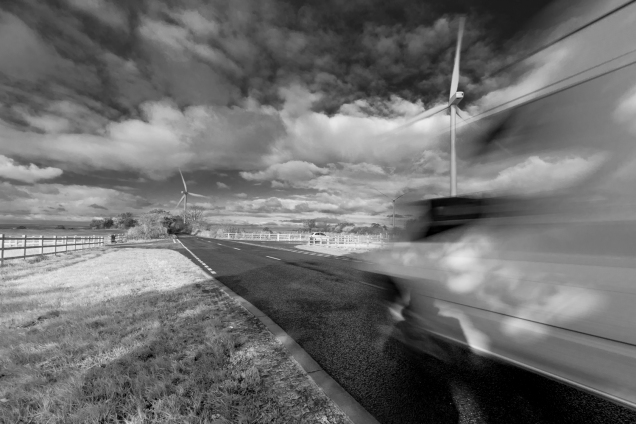















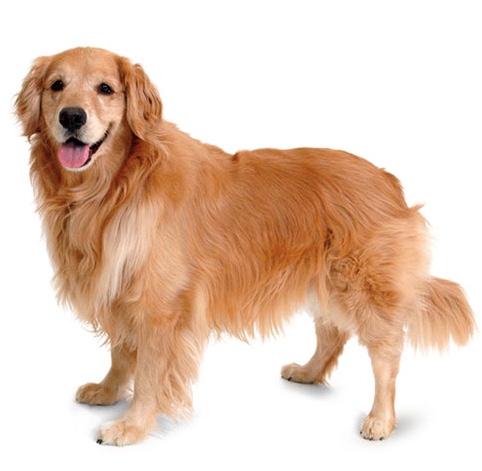 Image taken from
Image taken from 